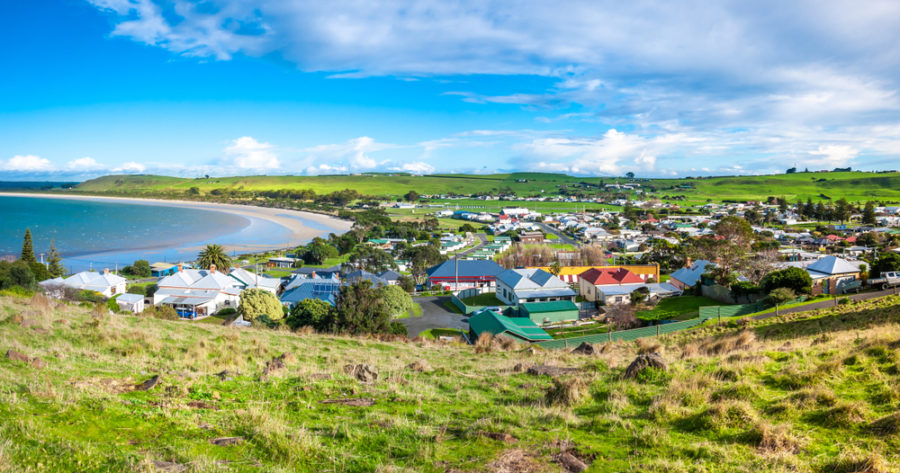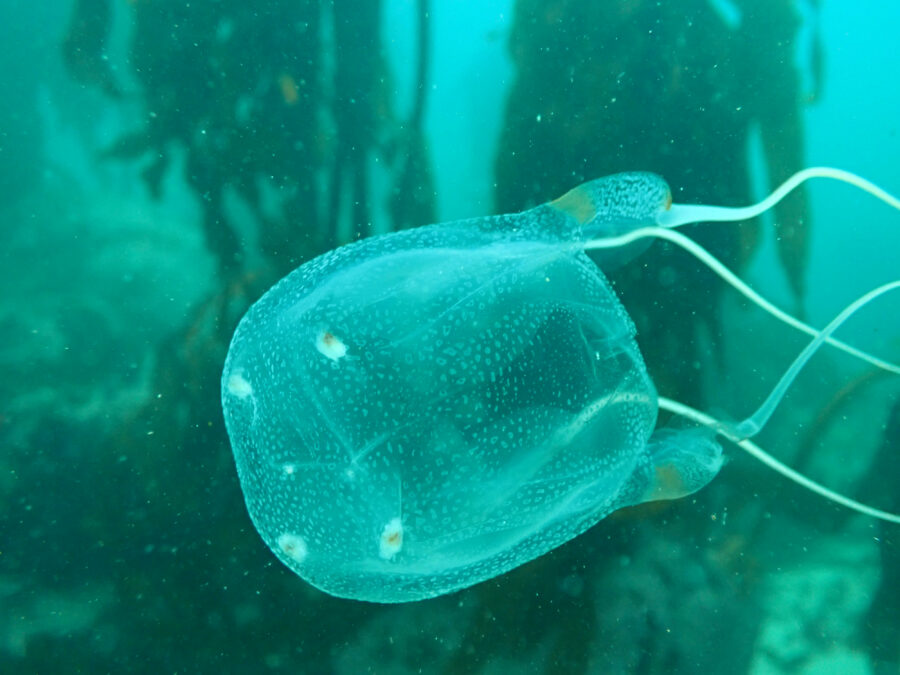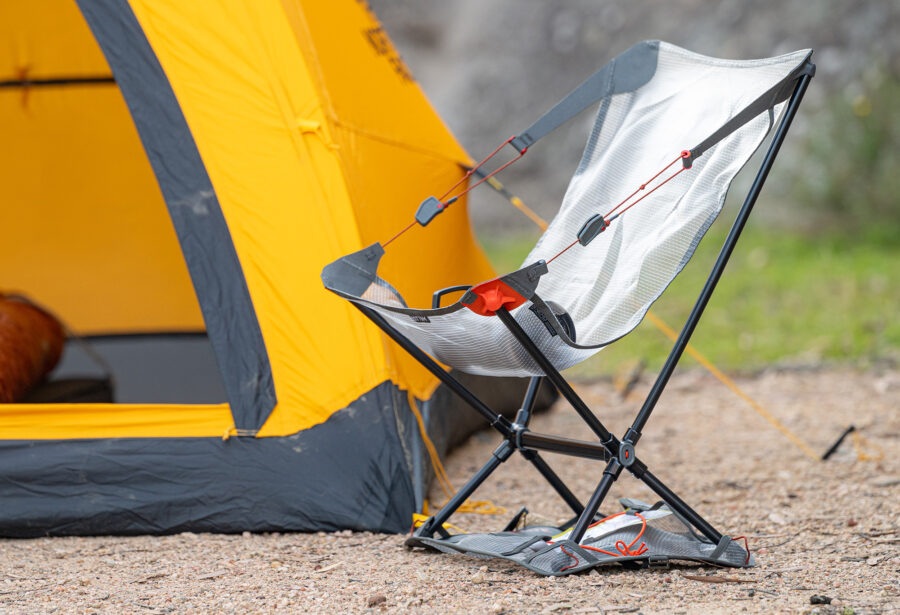A complete guide to Junee, NSW

Junee is a railway town with a charming, old-fashioned ambience. It has elegant streets, well-preserved historical buildings with wide verandahs, and a railway station that dominates the town centre.
It’s in the South Western Slopes bioregion of New South Wales, a rich and productive agricultural area that produces canola, wheat, oats, olives, barley, wool and fat lambs. There are also many vineyards.
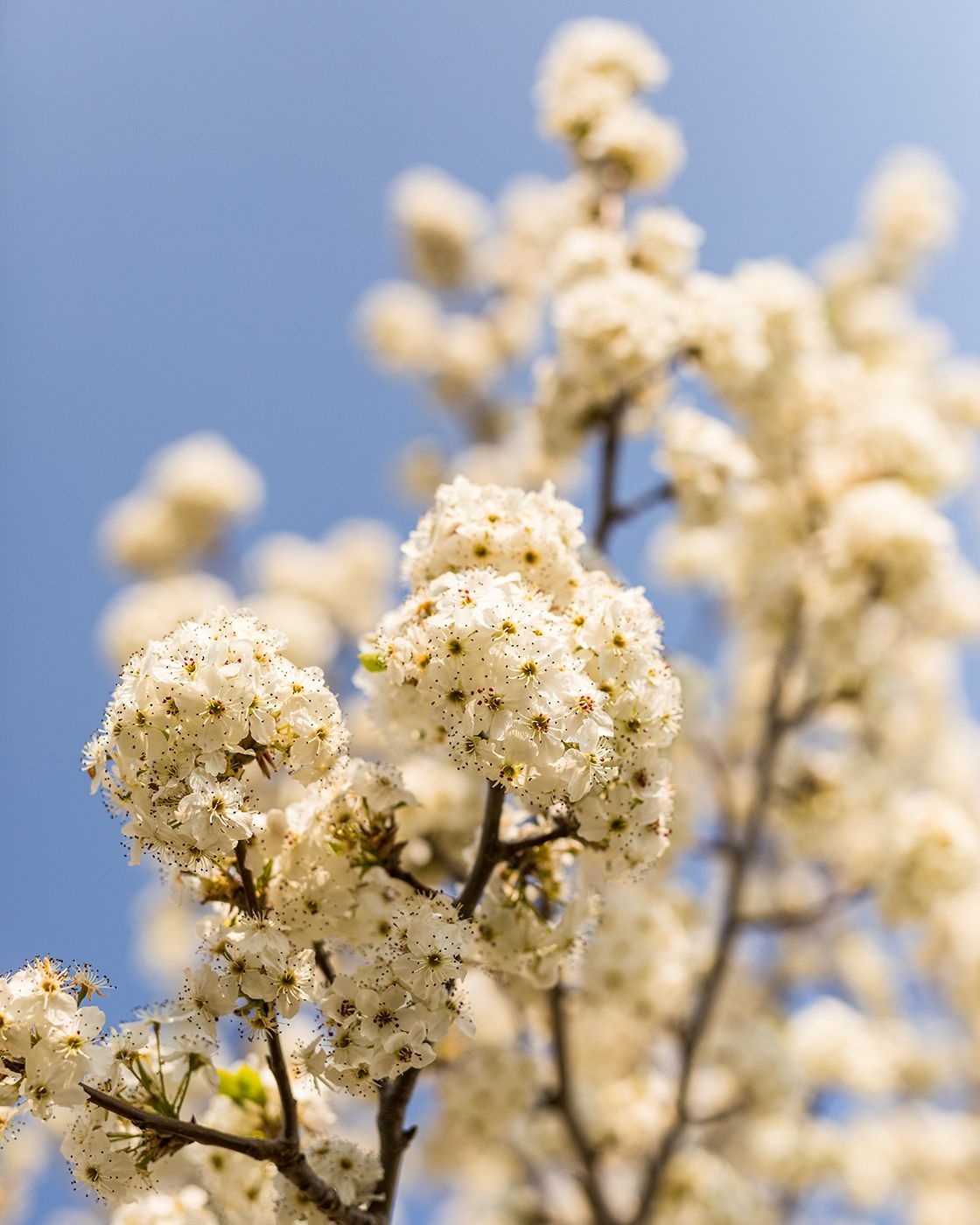
Of particular interest is the elegant (but, sadly, now-closed) Monte Cristo Homestead, an impressive two-storey Victorian mansion built in 1884–1885 by grazier and developer Christopher William Crawley.
In 1876 Crawley bought 210ha of land on the town’s west side and 130ha on the east, hoping to exploit the arrival of the Great Southern Railway, which opened in 1878. He built the Railway Hotel and soon made his fortune.
Monte Cristo was Crawley’s statement about his importance in Junee. It sits on the hill overlooking the town and is the district’s finest house.
Today, however, it’s also known as ‘Australia’s Most Haunted House’, and television and radio programs have been made about it and its chilling tales.
Ghost hunters from the Sydney Spirit Stalkers and other arcane organisations have spent nights at the homestead, hoping to commune with the dead.
Paranormal phenomena documented at the house include unexplained bright lights, visions of figures, feelings of sadness in some rooms, difficulty breathing in certain rooms, hearing voices, and mists appearing in photographs.
Origin of name: Junee is thought to be a Wiradjuri First Nations word meaning ‘speak to me’. The town’s name was originally spelt ‘Jewnee’.
Places of interest
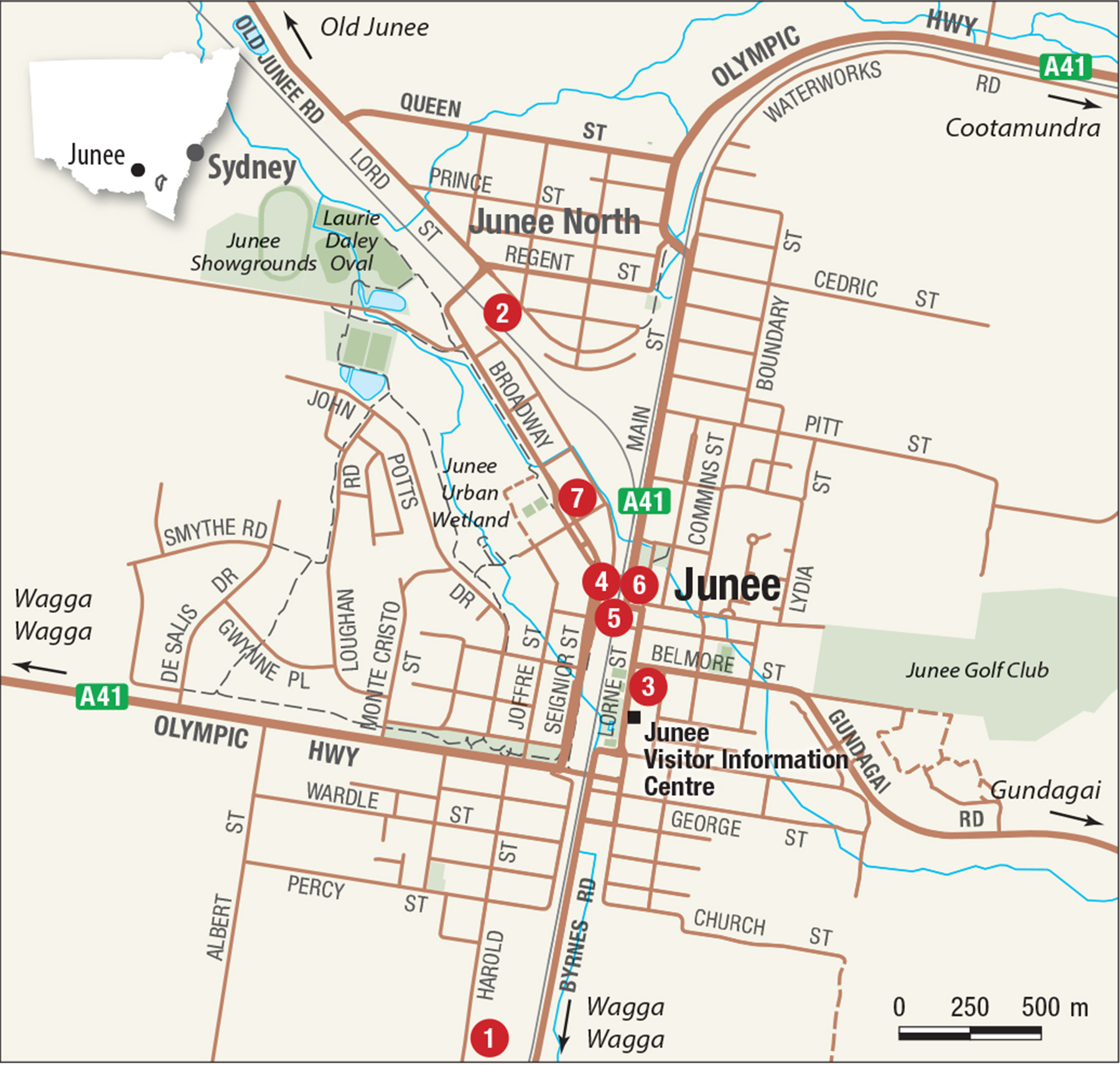
1. Roundhouse Railway Museum

This impressive museum, located south of the town, is the only fully circular brick building in NSW. It surrounds a 32m train turntable, which was once the largest of its kind in the Southern Hemisphere. The museum’s exhibits include a mail van, several locomotives, trikes and quadracycles, a steam crane that’s still in working order, an accident van, and the original workshop that was so large it had 42 repair bays.
2. Licorice & Chocolate Factory

At 45-61 Lord Street, the Junee Licorice & Chocolate Factory is housed in an old flour mill that was built in the 1930s. The factory makes a range of organic confectioneries and offers guided tours and hands-on experiences where you can make your own chocolate.
3. Court House

On Belmore Street, the Junee Court House was designed by colonial architect James Barnet and built in 1890. It has a high ceiling, verandahs around the sides, a gabled roof and arched windows. The verandahs’ cast-iron brackets bear the royal cypher VRI (Victoria Regina Imperatrix), dating them to the reign of Queen Victoria.
4. Ray Warren statue
In Dobbyn Park near the railway station stands a statue of Ray Warren, the retired sports commentator who was born in Junee. Widely known as ‘Rabbits’ or ‘Rabs’, he’s most famous for his coverage of televised professional rugby league matches on the Nine Network. The statue, which was unveiled in 2011, has a plaque that describes him as: “The voice of rugby league, born and bred in Junee.”
5. Railway Station and Refreshment Rooms
Junee’s original railway station opened in 1878. The modest timber building was destroyed by fire in 1882 and later replaced with a sophisticated new building designed in the French Renaissance style. The station’s elegant Refreshment Rooms were lit by gaslights and furnished with imported furniture. Today, the building is still in use. It’s now a popular cafe.
6. Loftus Hotel
On the corner of Main Street and Humphrys Street, the Loftus Hotel is a monument to the opulence of the town’s early history. Today it’s Junee’s oldest and grandest establishment. It occupies an entire block.
7. Broadway Museum
The museum, housed in the old Broadway Hotel on Broadway Street, has an extensive collection of photographs and memorabilia associated with the history of the town and the surrounding district.
History
Before European settlement, the area was home to the Wiradjuri First Nations people.
The ‘Jewnee’ pastoral run was established in the 1840s.
In 1861 James Harris founded the Jewnee Hotel. At the time, the area was a stagecoach stop between Temora, Wagga Wagga and Cootamundra.
Jewnee’s post office opened in 1862. One year later the village was officially gazetted.
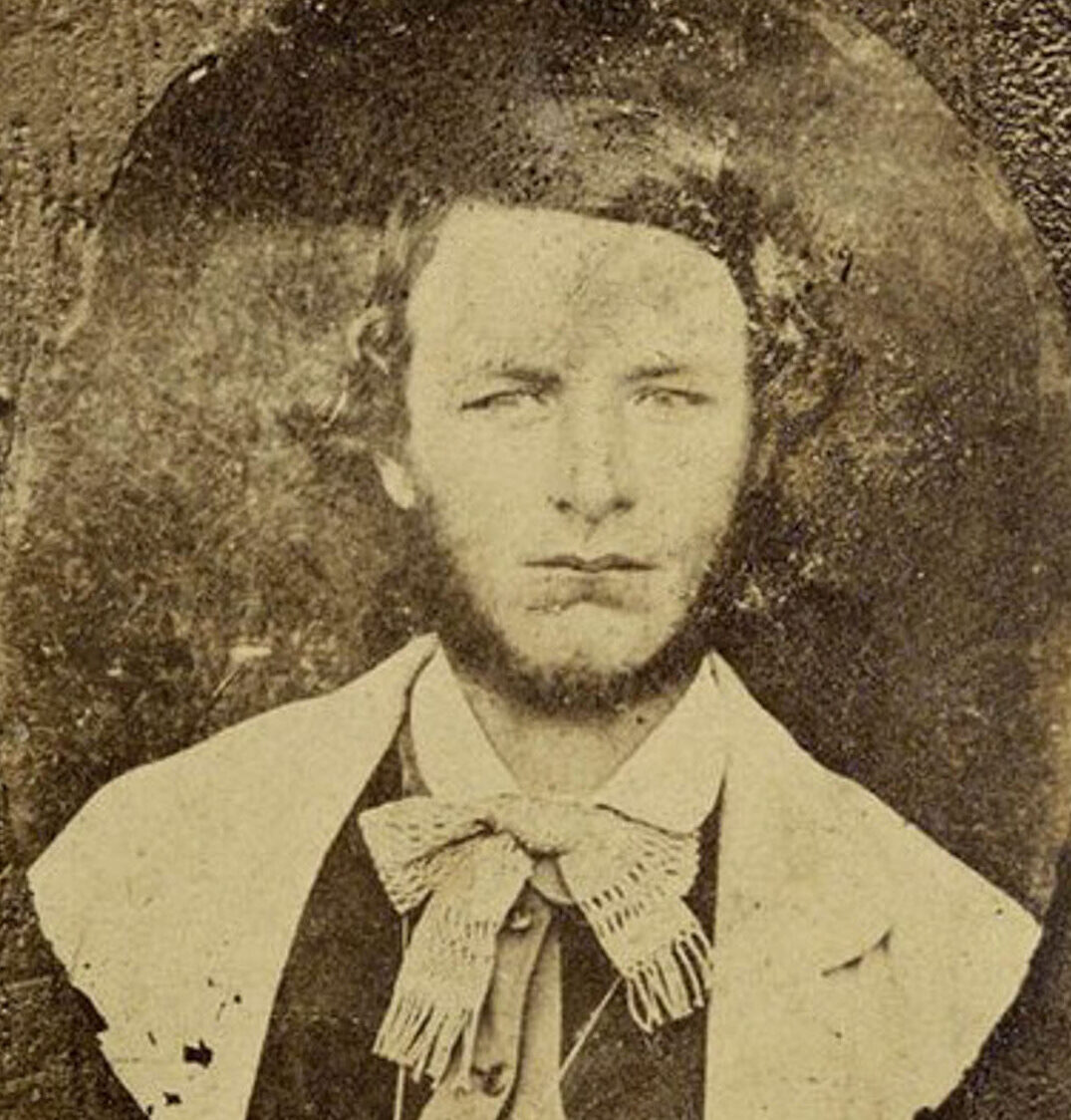
In 1863 the bushranging gang of Ben Hall (pictured, right) raided the village, held up the Jewnee Hotel, and raided a homestead, fleeing with five horses.
In 1866, 12 people lived in the village, until the discovery of several alluvial goldmining sites in the district – including Junee Reefs and Eurongilly – triggered a gold rush.
In 1876 grazier and businessman Christopher Crawley bought two plots of land in the area.
On 6 July 1878 the Great Southern Railway reached the district. The new railway settlement was known as Junee Junction but was formally renamed Loftus in 1883.
In 1884-1885 Crawley’s famous Monte Cristo Homestead was built.
The town was gazetted in 1885 and, on the back of a petition from residents, its name was changed to Junee.
In 1952 Southern Hemisphere’s largest wheat terminal was built near the town.
In 2011 a statue of Ray Warren was erected in Dobbyn Park.
